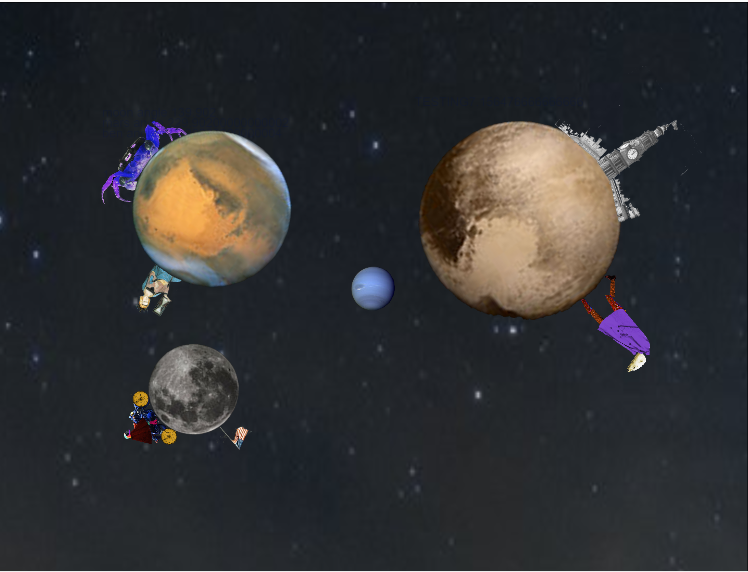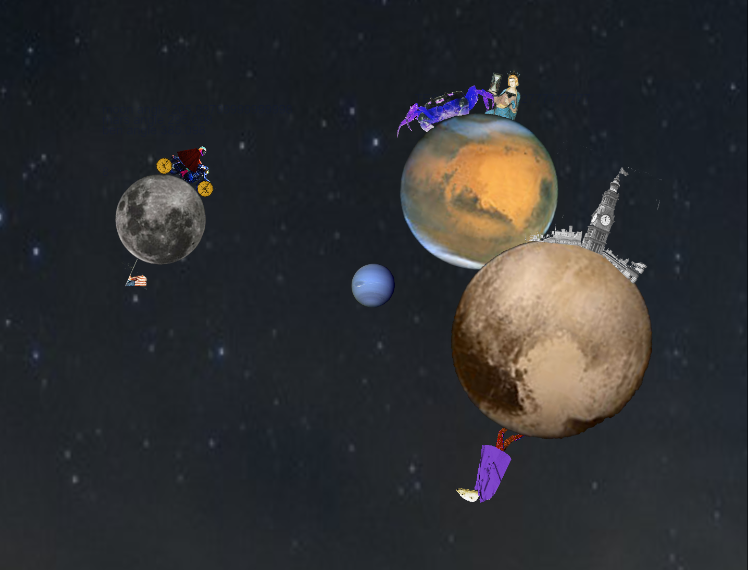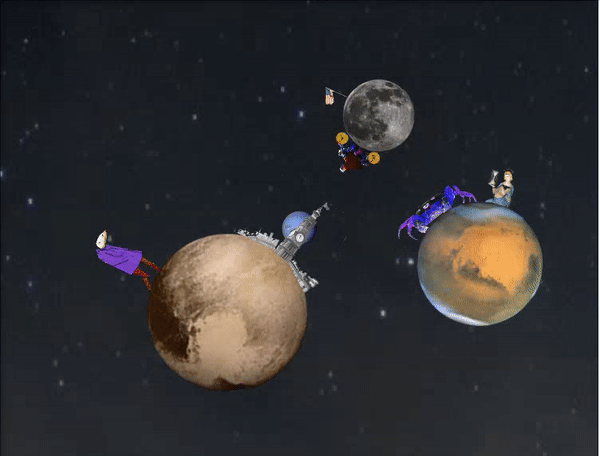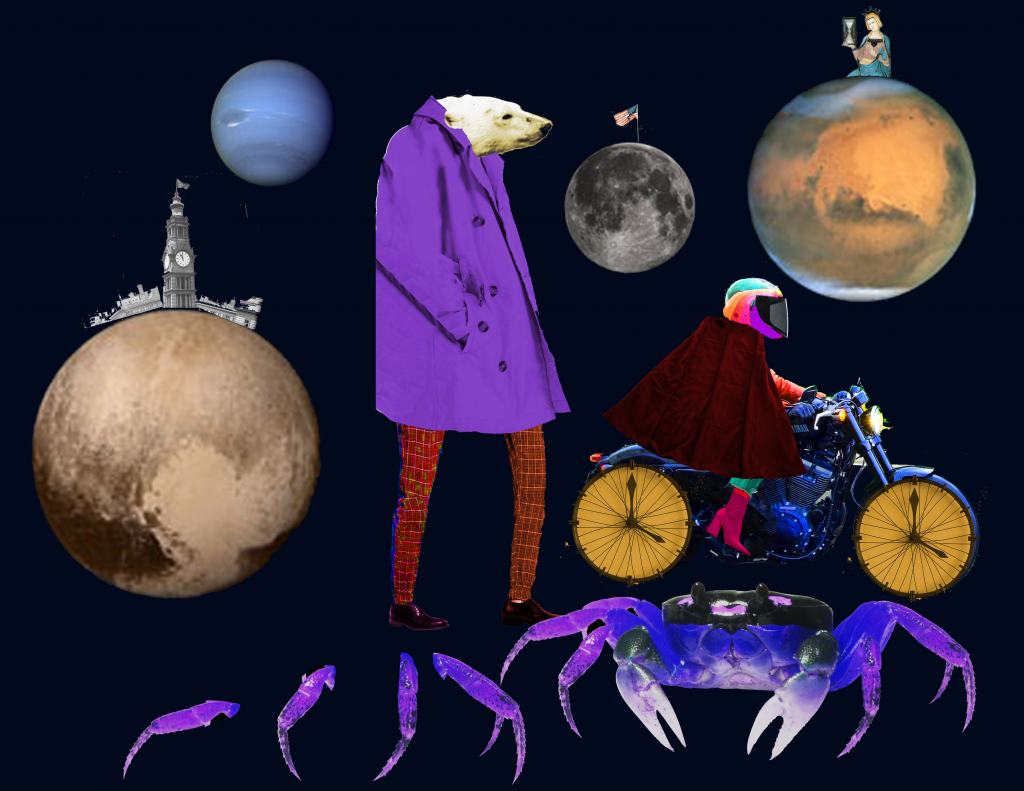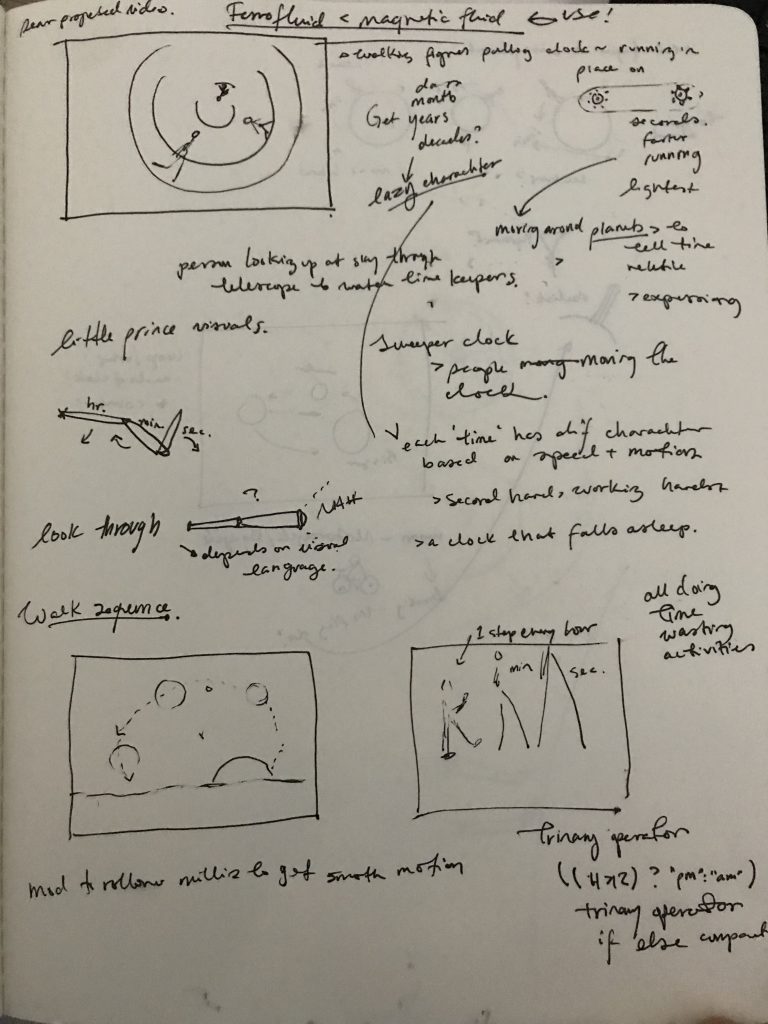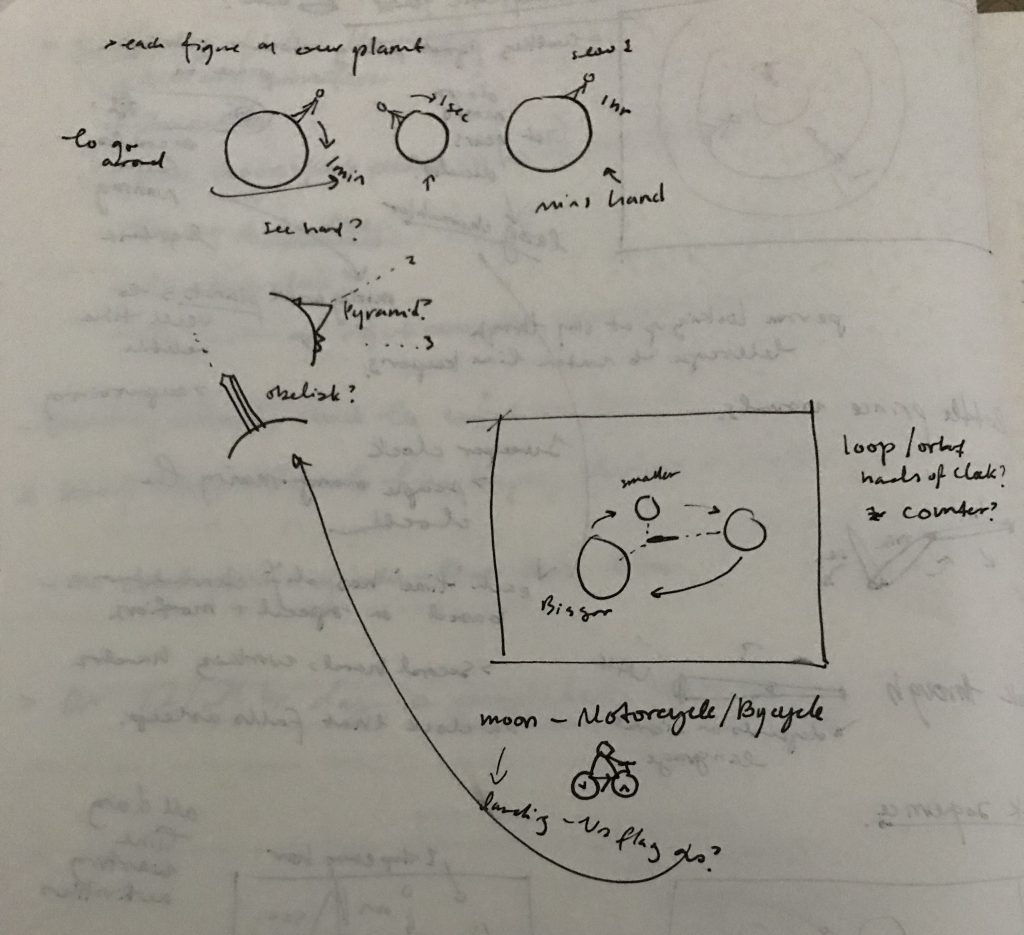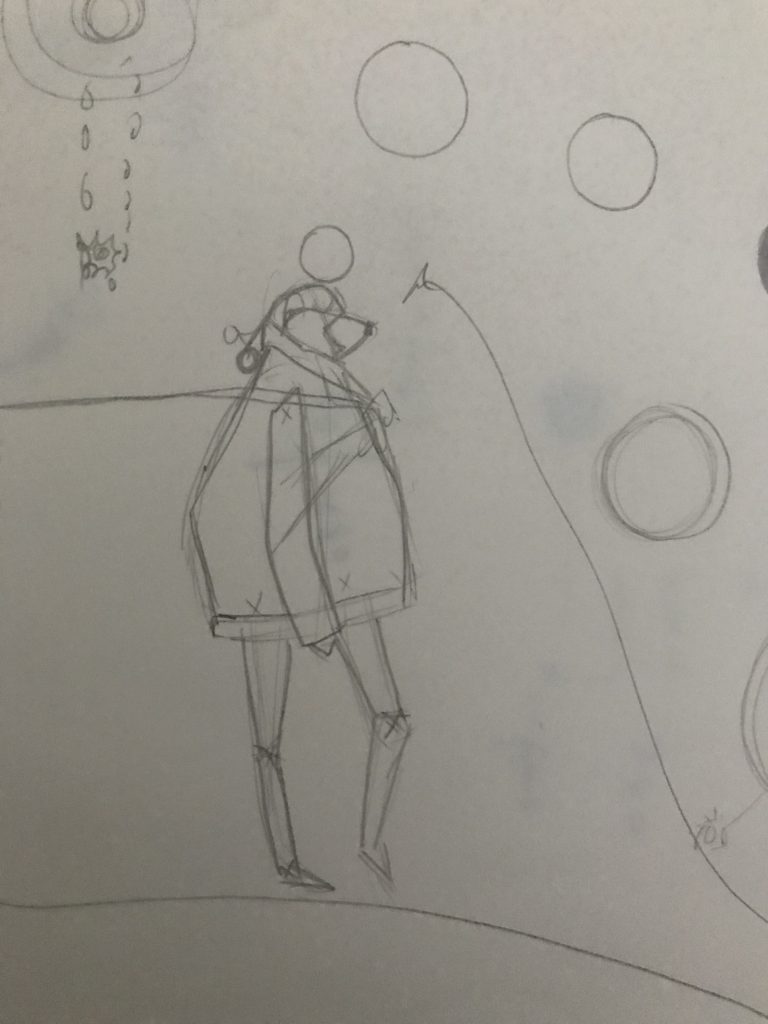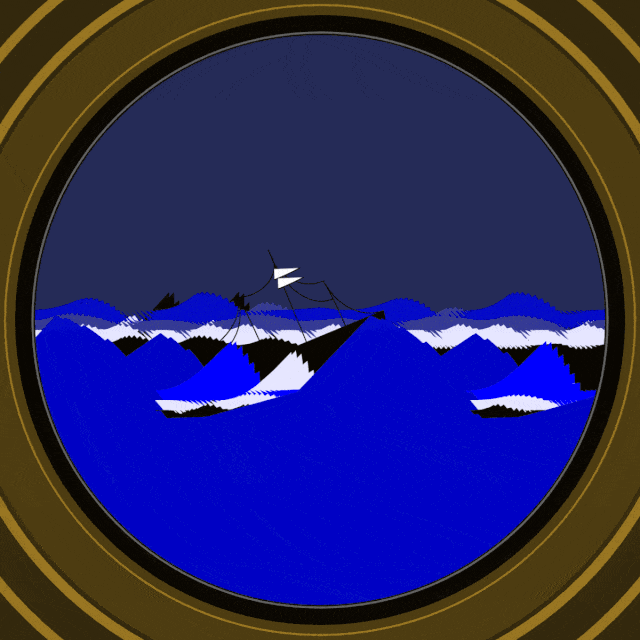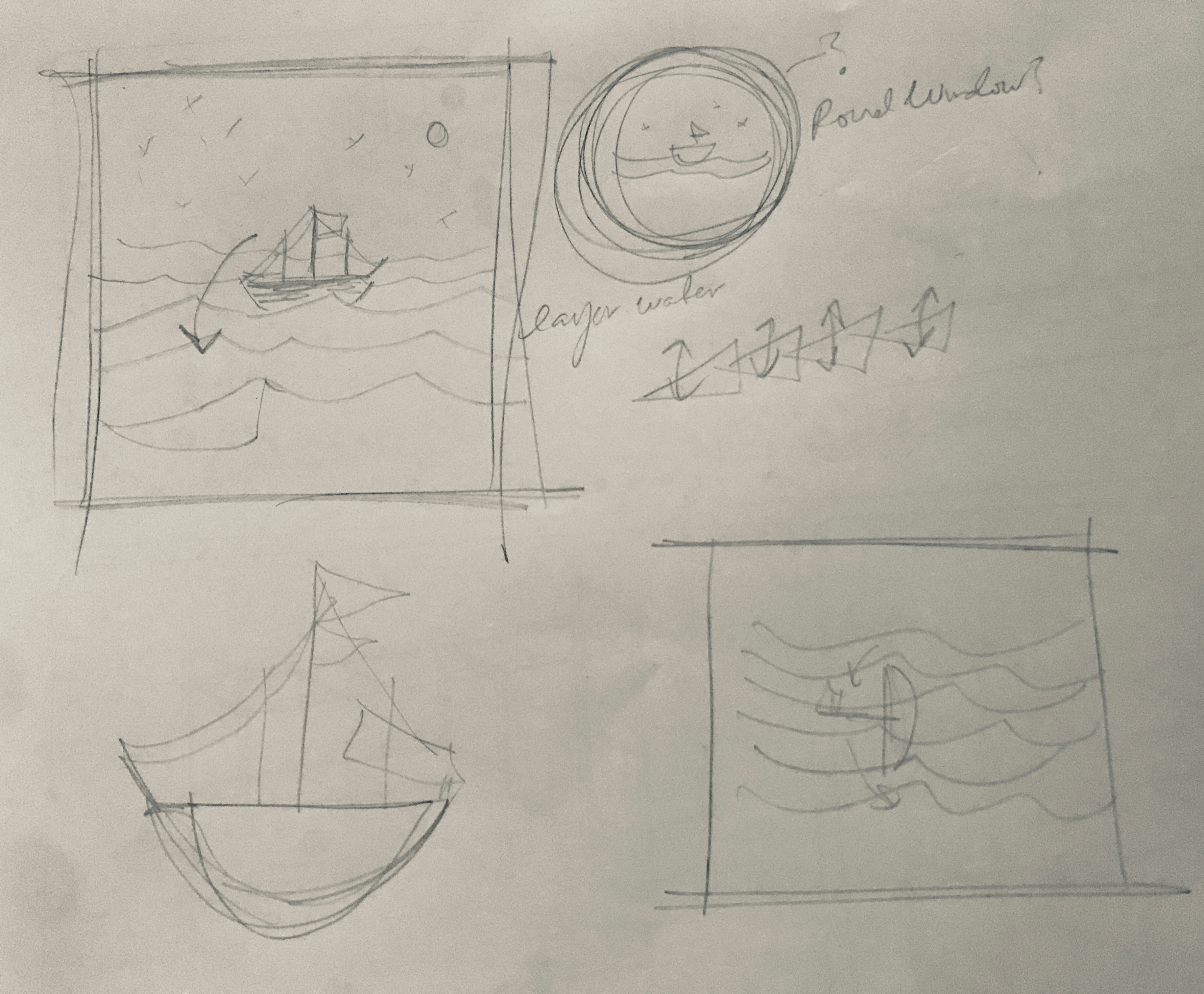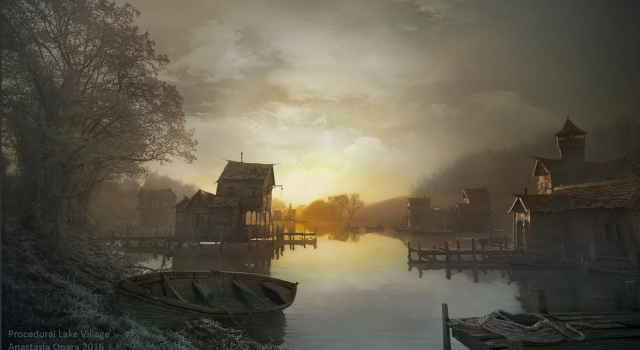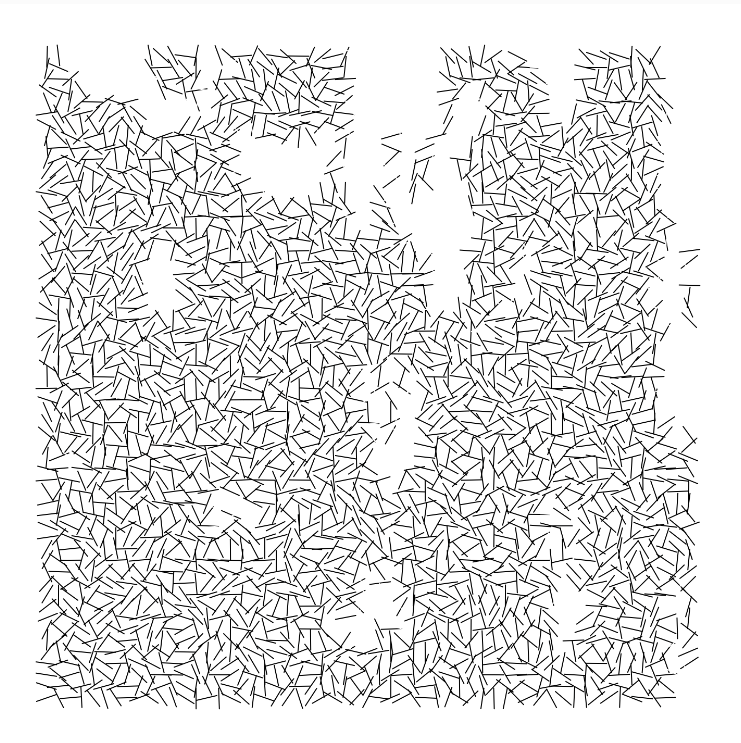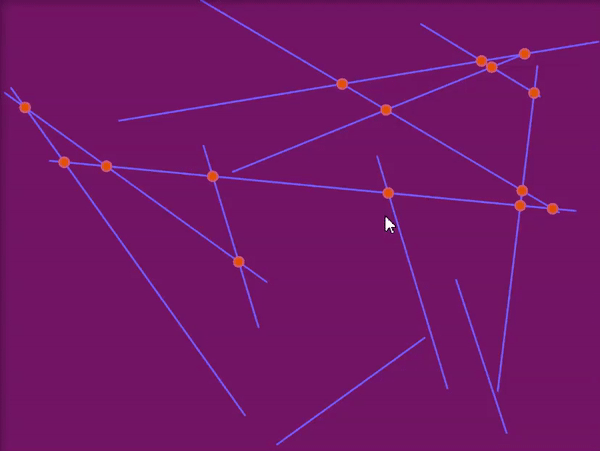Constellaction 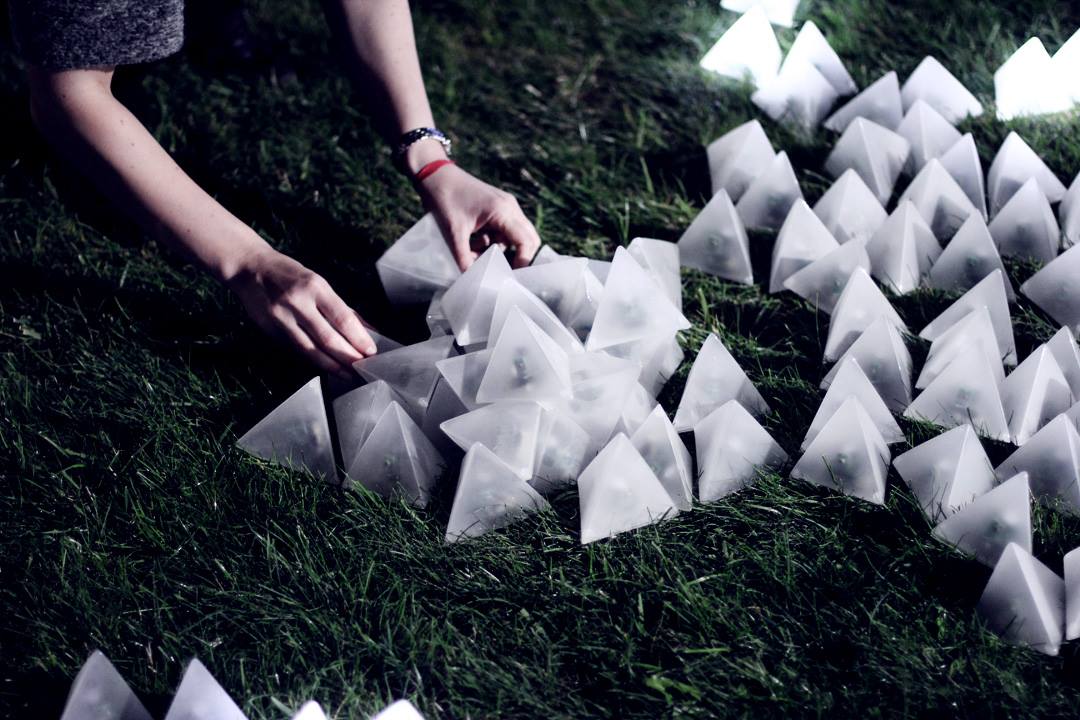
Contellaction is a piece by panGenerator, consiting of multiple acrylic pyramids that light up individually in response to light. This results in a 'wave' of light patterns depending on their proximity to the other pyramids. What I particularly like about this work is that each of the pyramids can be moved and assembled into any location or pattern, allowing for those who interact with the work to actively take part not only in the initiating a 'light wave' effect, but in creating and interacting with the patterns and forms that they can then light up. It feels a little bit like a dominoes game.
I also think that there is something very beautiful about how simple the interaction and resulting reaction is, yet this allows for changing experiences and freedom to play for the audience.
I think that this piece is most effective when there is a large mass of clustered or patterned pyramids, rather than in the shorter lines/segments. In those shorter segments it loses the ripple element that makes this piece interesting.
